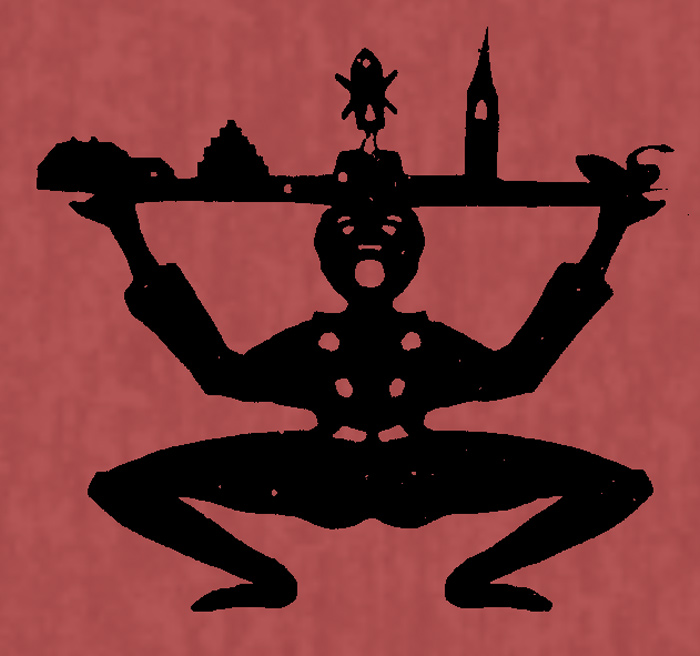Hans Christian Andersen and the Magic Scissors
Jan 16, 2012
 Well, I didn't do a very good job a couple days ago when I posted a Good Morning about a Hans Christian Andersen paper cutting. I wrote that the cutting "was associated with" Andersen, using fudge words that I hoped would hide my ignorance: Did Andersen actually own the cutting? Did he commission it? Or cut it himself? Or was it simply inspired by Andersen's fairy tales, associated with him thematically rather than personally?
Well, I didn't do a very good job a couple days ago when I posted a Good Morning about a Hans Christian Andersen paper cutting. I wrote that the cutting "was associated with" Andersen, using fudge words that I hoped would hide my ignorance: Did Andersen actually own the cutting? Did he commission it? Or cut it himself? Or was it simply inspired by Andersen's fairy tales, associated with him thematically rather than personally?
As y'all often point out to me, there's a lot I don't know about most of what I post, but my ignorance on this one is especially egregious. All it would have taken to learn the whole story was a single, obvious google click. Yes, Hans Christian Andersen made the paper cutting himself; more than a thousand of his cuttings survive to this day. They are the subject of at least two books, which have been translated into umpteen languages. They have been collected and exhibited all over the world. Upon the bicentennial of his birth in 2005, Denmark issued a commemorative postage stamp featuring one of Andersen's paper cuttings: this one.
This guy is a pierrot, a harlequin sort of character who makes an appearance in numerous Andersen tales and paper cuttings. He's loud and he's boisterous, often portrayed as kicking or dancing, and, as here, singing or yelling.
This particular pierrot is burdened down; what's on the tray balanced atop his head is apparently so heavy he's reduced to a froglike crouch. The objects on the tray all represent facets of Andersen's personal life story: his birthplace in Odense, the grammar school he attended, the fairy-tale motif of a windmill man, the tower of St. Canute's Church in Odense, and an ugly duckling transformed into a swan.
Andersen made many of his cuttings for the children to whom he told his tales; he apparently kep himself busy with his scissors while he was telling the stories, and it's been suggested that the cutwork was a way of entertaining himself while he retold tales that children requested over and over again.
He also made many cuttings, some of them extremely intricate, as hostess gifts for the families with whom he visited or stayed. He had been born a poor boy, and though he died fabulously wealthy, he was always unsure of his social status: eager to socialize with the high and mighty but careful to express his gratitude with tangible, fanciful gifts.